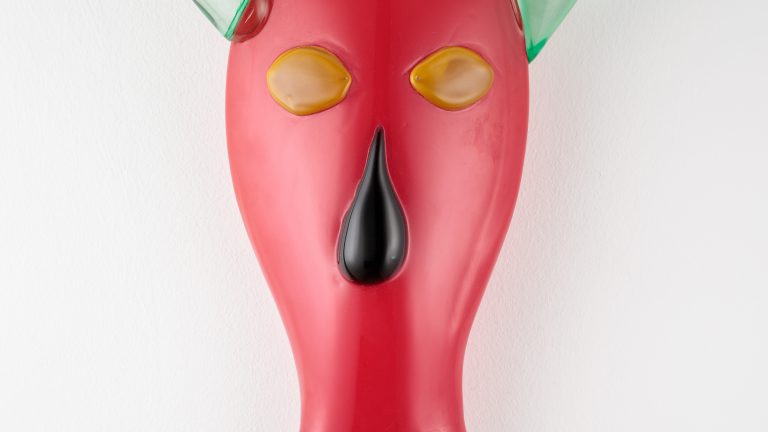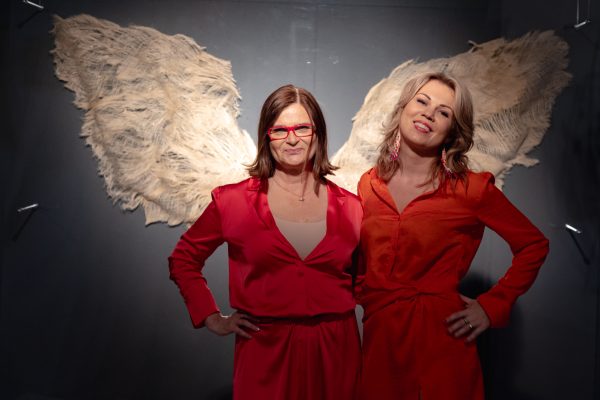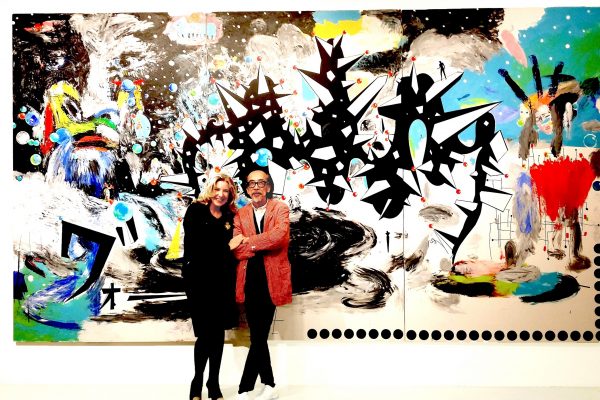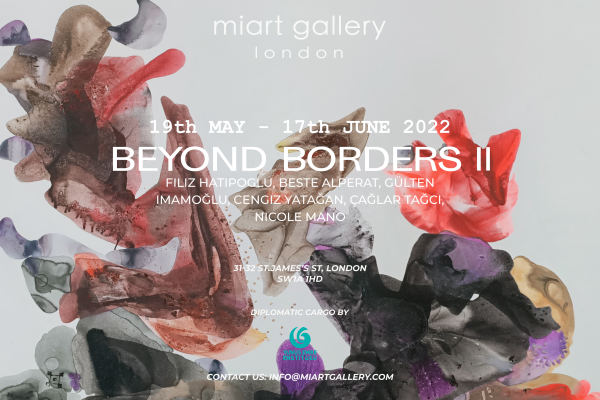It is a city of Bautas, harlequins playing tricks in the shadows, and beaked puncinellas jumping aboard gondolas. Apparitions and decadents join the illusionary theatrics and pretenses. Nothing is real, not in this kaleidoscope of blurred appearances and false identities. At Carnevale time masks are donned, and the revelers try to ignore Venice’s rising acqua alta. That it’s ravaging this once-heralded “Mistress of the Mediterranean.” A victim of antiquity, and the onslaught of mammoth cruise ships, Venezia tries to disguise its imminent demise with the Biennale. But its avant-garde art offerings are a veneer, just another cover up.
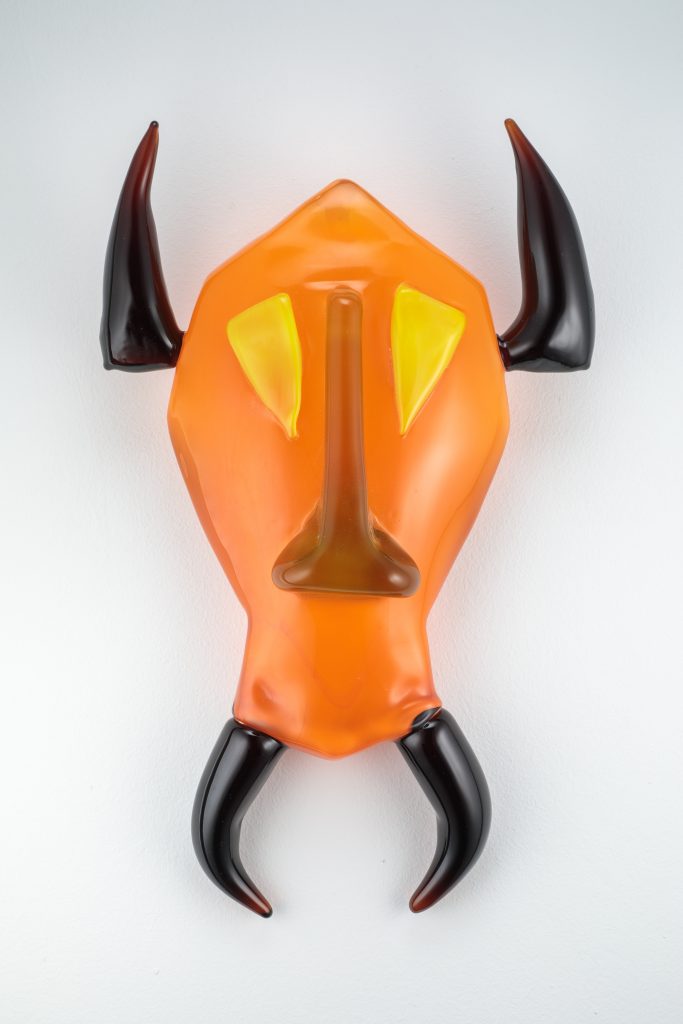
Lucy Orta has long unmasked deceptions. Committed to total “hierarchical” transparency, this former fashion designer turned artist and social activist has campaigned against global warming and water pollution for over three decades. She “investigates,” decrying the planet’s “disfigurement,” and utilizes what philosopher Nicolas Bourriad calls “operational aesthetics” to spur greater concern for environmental sustainability.
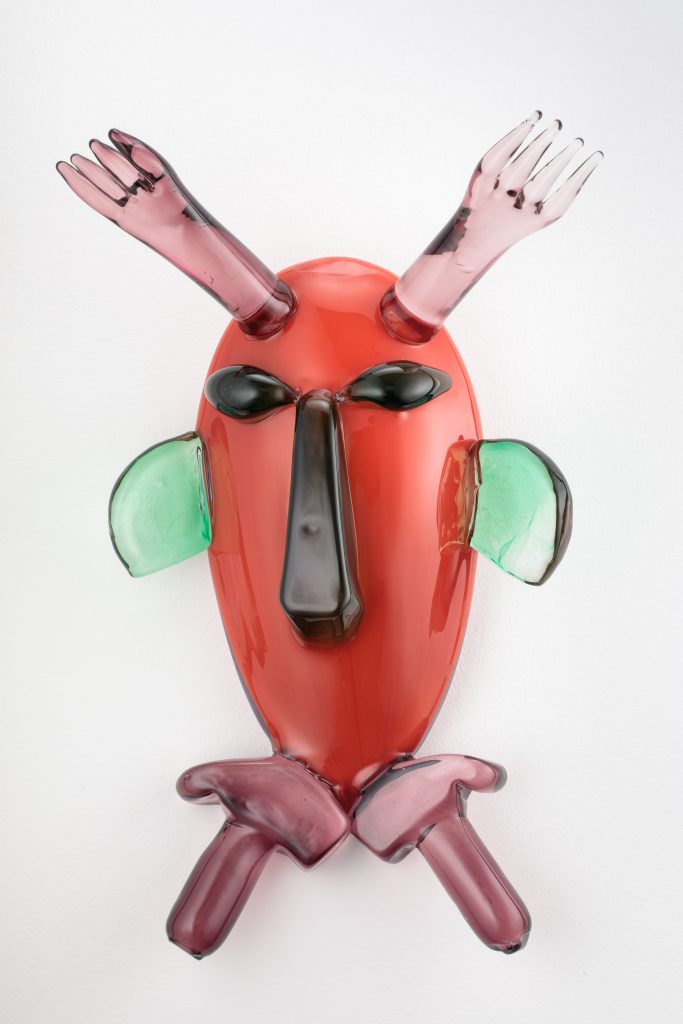
Initiating such design projects as “Refugee Wear” (portable shelters for survival) and “Antarctic Flag” (with its no-passport, nuclear-free zone), she and husband Jorge have been relentless crusaders. Their art works, whether they amuse or antagonize, are (“not) to be hermetic,” as Lucy suggested to the New York Times in 2016. They are meant to “communicate,” to propagate “the inherent dignity of every member of the human race.”
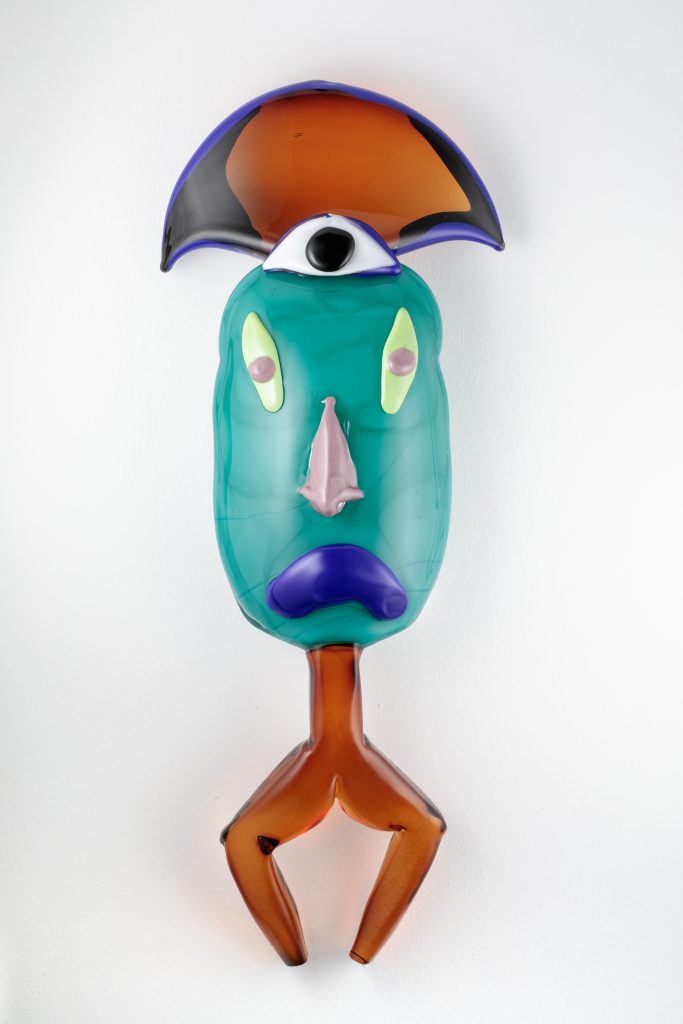
Their sculptured body architecture, dome dwellings, survival gear, and nylon coffins have symbolically inveighed against Amazon deforestation, forced refugee migrations, assorted wars, and the potential ecological apocalypse. They are engaged, enfants terribles. They encourage us to be equally militant about preserving natural resources, food supplies, and indigeous cultural identities.
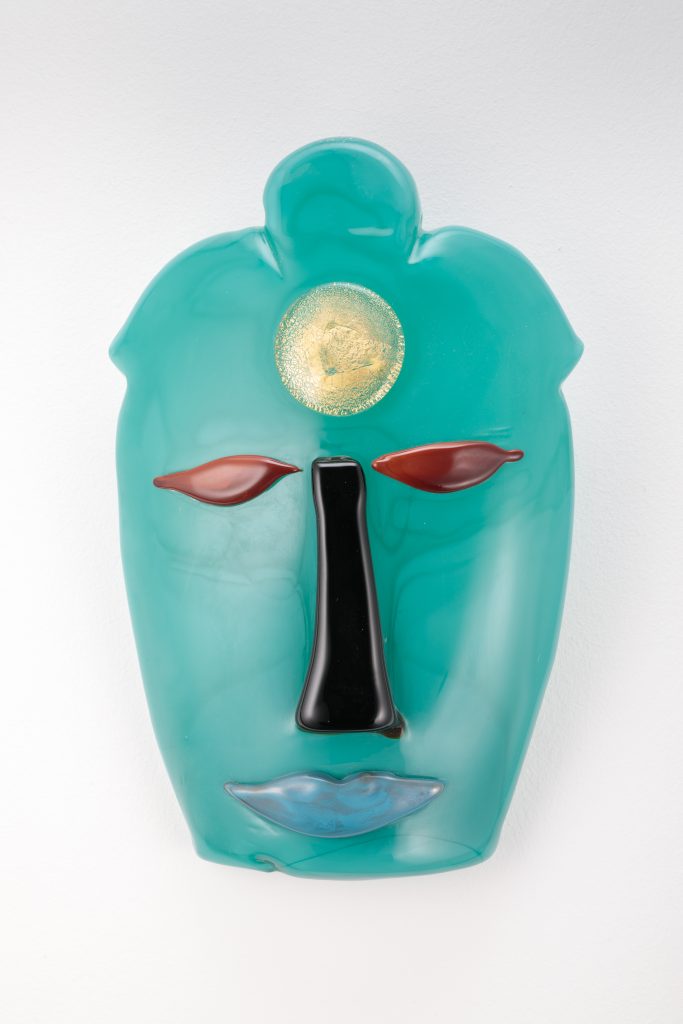
A city of concealment, Venice is the ideal background for another Orta fascination–piercing the layers of the human psyche. Interested in masks and self-image, Orta was invited to participate in a Venetian event in 2020, “Unbreakable Women”–an exhibition meant to encourage greater female participation in glass making. Believing glass is “a magical material…handled in fusion, solid and fragile,” she was eager to turn her previously-done drawings of masks into another anthropological expedition. One that examined the recesses of the feminine mystique.
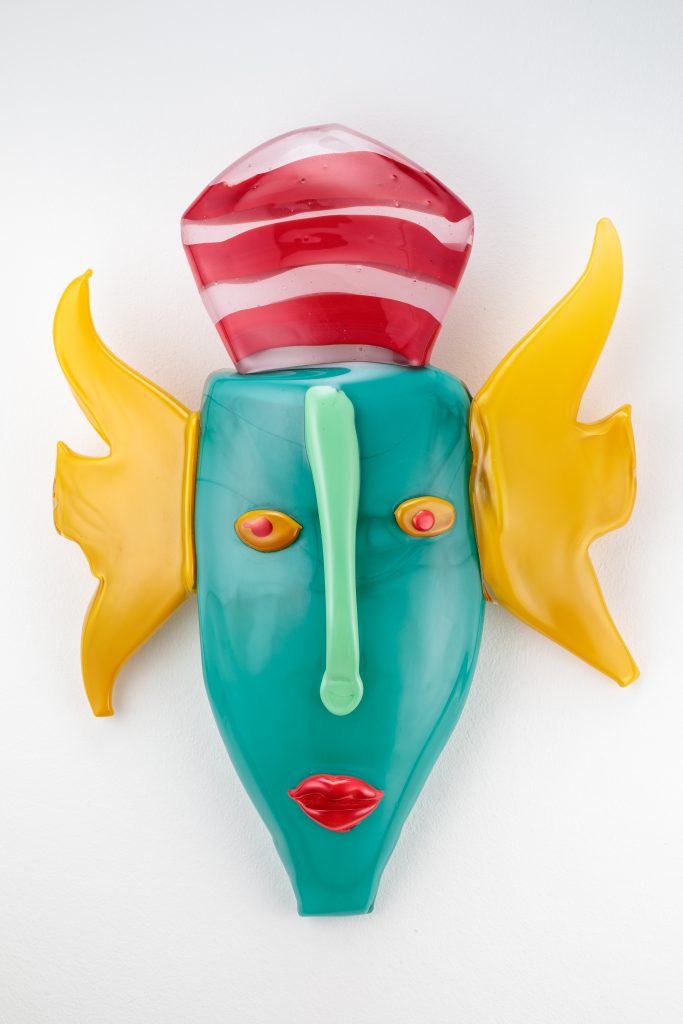
Were women weak and breakable? Or do they have indomitable strength, a potency to captivate, and convey life-enhancing messages? To confront these existential questions, Orta became the Glasstress, sculpting a series of burlesque faces that invoked “primitive monsters,” dragons and beasts. But first she had to tackle the “male model,” enduring a trial by fire at Berengo Studios, a glass-making sanctum of male prerogatives on the Veneto island of Murano. Hovering close to a Berengo furnace in stifling heat, she chiseled and fired a collection of provocative masks, confident they would explore our subconscious wanderings between the “veiled and unveiled.”“Working with maestros was a pleasure, they know how glass reacts, and flaunts its own personality,” says Orta, whose labors in the suffocating-hot studio mirrored the symbolic endurance of her masks. “I have seen how glass can be sculptured in so many different ways…the colors, the rapidity, glass making is so amazing… glass can split…sealing, reheating, sealing again…yet transforming lumps of glass is unique, so sustaining.”

A vivacious, rainbow-colored collection of wide-eyed, horned, and misshapen-nosed figures emerged from her hand-blowing zeal. Besides a “meditative reflection on the fate of human beings in today’s ‘disfigured’ world,” these beastial-inspired “archetypes” urge us to shed our own masks. To “break free” of past delusions, to transform, mutate,” and to reconnect with our “childhood… (our) imagination.” Once experiencing that metamorphosis, we will recognize our imperfections, be empowered to laugh at them–the way Orta mocks these life-constraining demons in her zany and bizarre shapes.
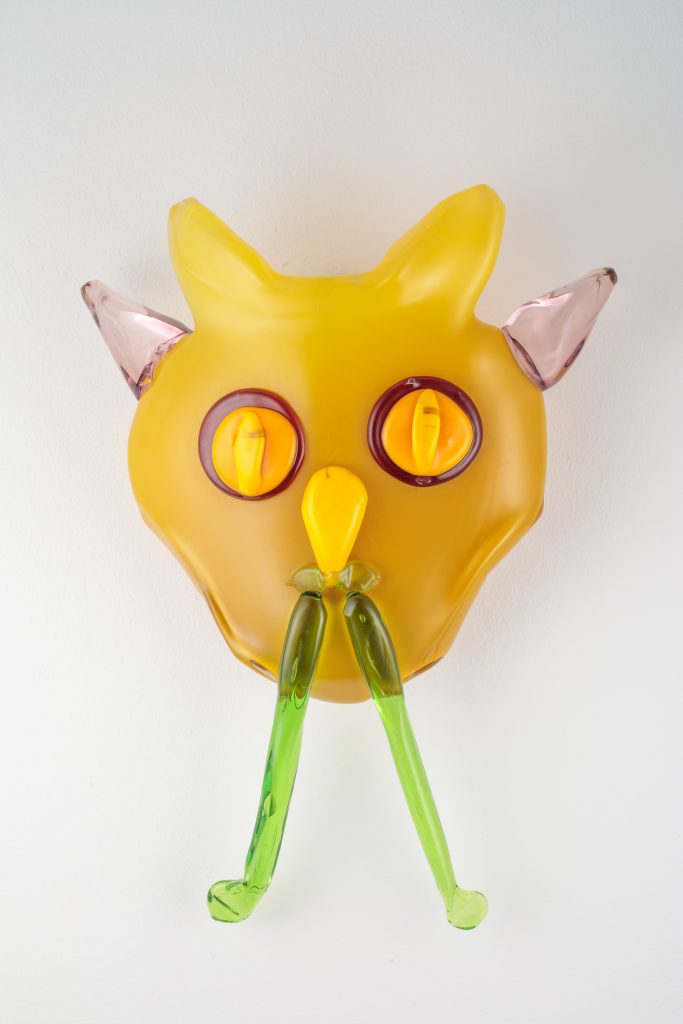
The inveterate liberationist, who hung sculptured “Cloud People” above London’s St. Pancras rail station to free humanity from gravity’s limitations, Orta is keenly adept at irony. Always demanding Light, she unleashed Darkness. Her “grotesqueries” scowl, flash macabre grins, parody untamed urges with foreboding eyes and sprout antennas from their elongated heads.“Putting flippers from a seal on a head was fun,” admits Orta, whose parade of incongruities was first showcased at a Murano exhibition, and then at La Patinoire Royale/Galerie Valerie Bach in Brussels in early 2021. “I surprised the maestros, took them away from the forms they were used to.”The Glasstress has mastered the art of surprise. Skilled at subtly challenging traditional power hierarchies, and playing visual tricks to promote social change, Orta says one of her next projects will involve “chandeliers and globes.”That is not surprising. Orta is the consummate global thinker.

Marion CAMBIER
Rue Veydt 15, 1060 Brussels, Belgium t: +32(0)2 533 03 90
Suivez-nous / Follow us !
Instagram @valeriebach.lapatinoireroyale
Twitter @galerievBach
Facebook @PatinoireRoyale

